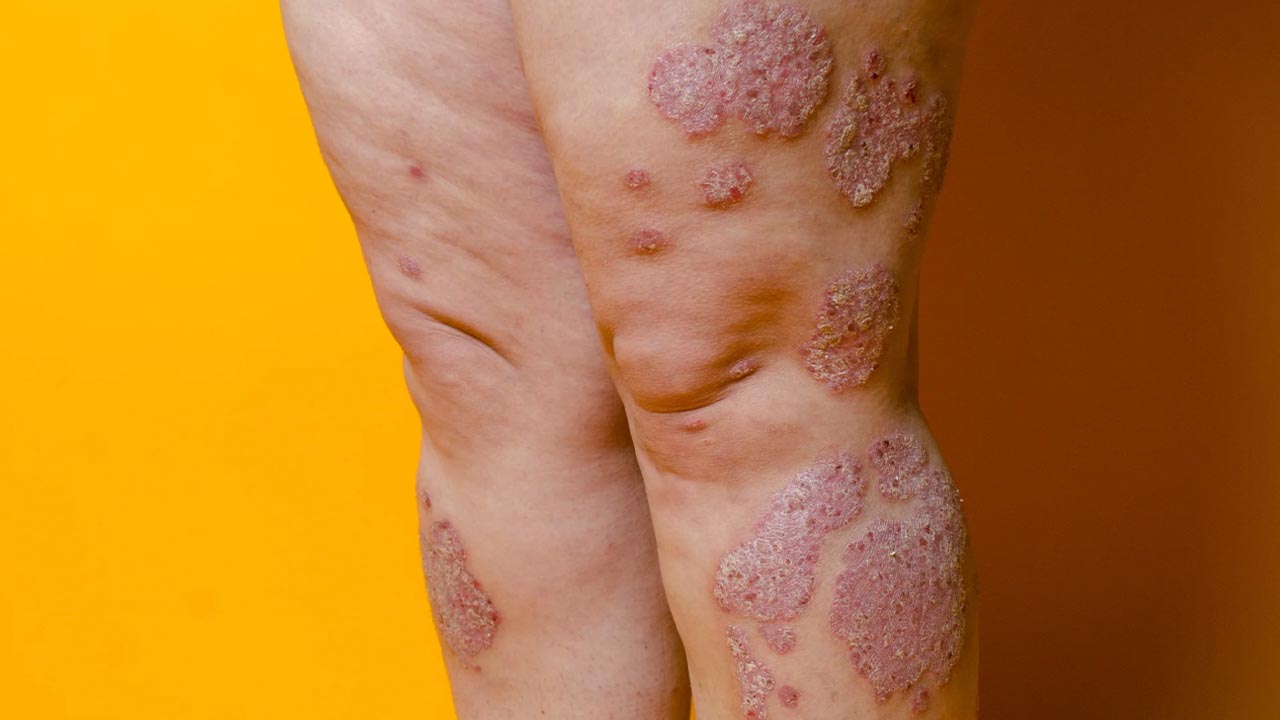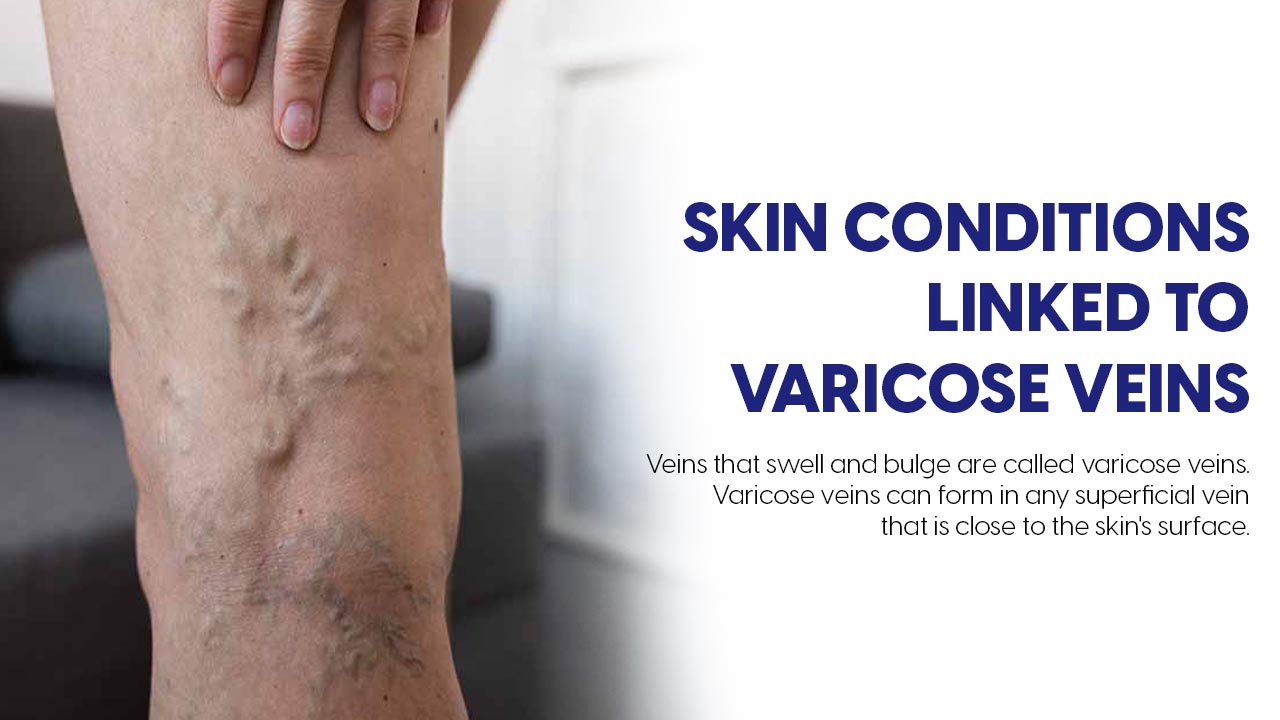Veins that swell and bulge are called varicose veins. Varicose veins can form in any superficial vein that is close to the skin’s surface. Varicose veins most commonly affect the veins in the legs. Blood pools in your legs and ankles as your veins weaken. The inflammation that results from blood pooling in the legs and ankles because of compromised venous valves can cause a wide range of skin abnormalities. There are several skin conditions linked to varicose veins, that can cause discomfort and pain.
Varicose veins are mostly just an aesthetic issue for many people. As well as spider veins, a typical, less severe kind of varicose vein. On the other hand, varicose veins can hurt and create discomfort. They can occasionally result in more serious health issues.
Causes and Symptoms
Varicose veins can be caused by weakened, damaged, or cracked valves. Compared to the arteries’ function of carrying blood to the body, veins return the blood back to the heart. As a result, veins within the lower extremities experience gravity, compared with arteries flowing blood down to the legs. Lower leg muscles contract to function as pumps. Vein walls facilitate the heart’s blood return. Small vein valves open to allow blood to move toward the heart and close to prevent blood from moving the other way.
Twisting and stretching of veins is quite common due to the backward-flowing blood. The phenomenon of blood pooling is caused by the broken or weak valves. However, these changes are quite visible on the body, such as veins appearing blue or purple. Twisted and protruded veins can appear on the skin or veins that resemble cords. However, these may not be very noticeable due to the hue of the skin, but for others, it might be visible enough to cause discomfort.
- A sensation of weight or ache in the legs.
- Lower leg pain that is burning, throbbing, and swollen.
- Increased discomfort during extended standing or sitting.
- Itching in the area of one or more veins.
- Skin tone variations near a varicose vein.
Skin Conditions Linked to Varicose Veins
If you’ve ever battled varicose veins, you know the terrible effects these twisted, unattractive veins on the skin’s surface may have on your quality of life. They might cause symptoms like burning, itching, or heaviness in the legs. They can also make you feel self-conscious. However, did you know that varicose veins can also be related to specific skin conditions?

Varicose Veins and Stasis Dermatitis
A buildup of fluid in “dependent” bodily parts, including your legs, is the cause of varicose veins. One-way valves in your veins typically act to urge the fluid moving throughout your body to return to the heart. But when your veins’ one-way valves cease working as well, fluid in your circulation becomes less efficient and begins to pool. Varicose eczema and stasis dermatitis are two conditions where the skin changes as a result of this “stasis,” or inefficient flow. It’s possible for the skin on your feet and lower legs to change color. You can have redness, thickening, flaking, and fragility in your skin.
Varicose Veins and Psoriasis
Scientists believe inflammation is the root cause of psoriasis, an inflammatory skin condition that is painful and irritating. In fact, several experts have discovered a potential link between psoriasis and related illnesses and the inflammation brought on by varicose veins.
Varicose Veins and Skin Ulcers
Similar to how varicose veins are linked to skin ulcers, they are also linked to stasis dermatitis. Your skin may alter and eventually break down as a result of fluid accumulation in your lower legs. Skin discoloration, such as reddish or dark skin, might be the initial sign of an ulcer. After that, you can notice that the spot hurts or gets bigger. If the area doesn’t cure itself, the skin can eventually deteriorate. An ulcer, which is a superficial wound, could result from this.
Varicose veins and skin discoloration
The affected area of the skin may darken or become discolored as a result of chronic venous insufficiency linked to varicose veins.
In conclusion, effective management and treatment of varicose veins depend on an understanding of the underlying causes, symptoms, and skin conditions associated with them. It’s critical to speak with a healthcare provider for an accurate diagnosis and treatment if you think you may have varicose veins or related skin issues.




